Ten Things to Know About Creosote
If you use wood heat, you’ve probably heard that creosote is bad. But what exactly is creosote, and what else should you know about it? At Obadiah’s, we believe all home owners with a chimney should be educated about the potential risks of wood heating and how to prevent problems before they occur. If you rely on a woodstove or other wood burning appliance all winter, here are ten things you should know about creosote.
Understanding creosote means understanding smoke. Smoke is essentially leftover material from the chemical reaction that happens when your wood combusts. Within that smoke are all kinds of things including water vapor, carbon monoxide, gases, and tar. You may have noticed that when you get a fire burning really hot, you see less smoke, and that’s because a hot fire means a more full combustion which results in less leftover material to become smoke.
When your fire is burning at a low enough temperature (below 250ºF) to produce a great deal of smoke, it’s usually because of poor airflow in the firebox or wood that has a high moisture content. In these instances, the smoke cools as it rises through the chimney, causing volatile organic compounds (VOCs), water, and carbon within the smoke to combine and form an oily black residue that we call “creosote”. That creosote condenses on the interior of a chimney and builds up over time.
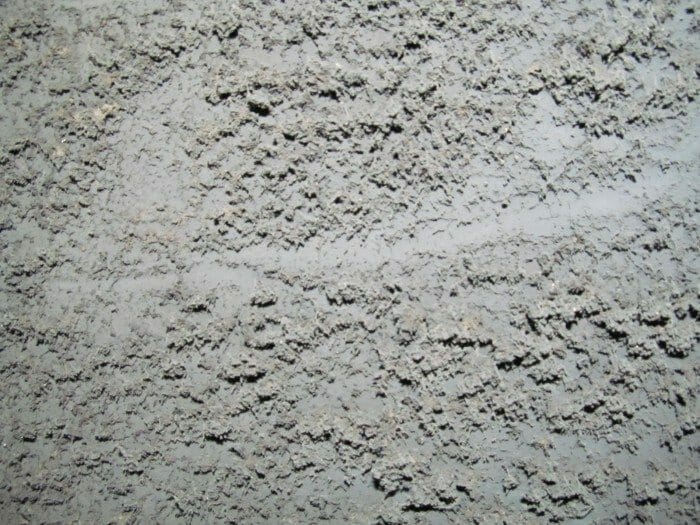
There are three degrees of creosote. First degree creosote is mostly soot, it occurs naturally even with good combustion and can easily be removed from a chimney with a chimney brush. With proper maintenance, this could be the only type of creosote you ever have to deal with.
Second degree creosote appears as shiny black flakes containing hardened tar, and is where the danger of a chimney fire begins (more on that later). These flakes are more difficult to remove than soot and will require more complicated equipment to take care of.

Finally, there’s third degree creosote, which will appear on the inside of your chimney as a thick coating of tar. This kind of creosote is flammable at high temperatures and will continue to buildup until it is cleaned off, creating a danger that will increase with every fire you make. If you have third degree creosote, you have a serious problem in your heating setup, whether it’s burning unseasoned wood, poor airflow, a chimney that gets too cold, or all of the above. If you see what looks like third degree creosote in your chimney, cease using your heating appliance immediately and call a chimney sweep for a professional assessment
Hot fires kill creosote. If you have little to no creosote built up in your chimney, keep burning your fires hot! If you keep your chimney temperature above 250º F, you are far less likely to have problematic amounts of creosote accumulate between yearly cleanings.
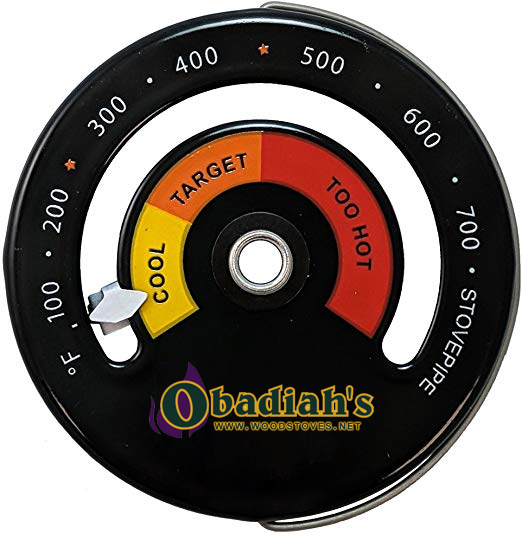
Invest in a chimney thermometer. Don’t try to simply guess how hot your fire is burning, buy a chimney thermometer and place it where you can easily see it throughout your stove’s burn time. Most chimney thermometers have notations that let you know where the optimal burn temperature is, but once again, staying above 250ºF as much as possible is ideal.
Do not ignore creosote. If you have never done any chimney maintenance because you haven’t had any “obvious” problems, you’re asking for a chimney fire. Even 1/8 of an inch of third degree creosote can drastically increase a chimney’s fire hazard; the problem is that chimney can only withstand so much heat, and when creosote reaches its combustion point, the heat inside the chimney will exceed what it was built to take. This can cause material near the chimney to ignite, shoot sparks onto your roof, and weaken your chimney to the point of total failure. Chimney fires cause 125 million dollars of damage in the U.S. every year, destroy homes, and are often deadly.
Creosote is toxic. When checking for or cleaning out creosote buildup, always wear a protective mask, gloves, and sleeves. Even in soot form, creosote can be a serious irritant to your eyes and skin, and inhalation can cause respiratory issues.
You can’t prevent creosote entirely. Your chimney’s temperature will inevitably drop below 250°F at some point, and creosote will form. This simply comes with the territory of using wood heat, but as long as you burn seasoned wood while maintaining proper airflow, at the end of every season you should be able to quickly and easily clean away a small amount of first degree creosote.

Creosote removing logs work, but should be used with caution. You’ve probably seen products like the above in hardware and hearth stores, but are they really effective?
When burned, these logs release a chemical mixture that penetrates the creosote buildup and weakens it. As you burn additional fires, those chemicals continue to work on the creosote, eventually causing it to become flakey and fall apart. This is good news, but issues can arise depending on how much creosote you’re dealing with. These flakes of creosote are still flammable, and in large quantities can actually increase your risk of a chimney fire with subsequent burns if you do not properly dispose of all the debris you’ve created.
Ideally, you should only use creosote removing logs to deal with first and second degree creosote build up, or as a way to prepare a chimney for a more thorough cleaning by a chimney sweep.
Know what to look for. Maybe you forgot to clean your chimney one year, or several years, or you’ve never thought about it before now. Sometimes, life just gets in the way. No matter what, the best thing to do is schedule an appointment with a chimney sweep, but here are a few signs you can look for to determine the severity of your creosote buildup.
- Is it difficult to start a fire and keep it going?
- Does smoke hang in the firebox when you’re burning?
- Do you smell any strange odors coming from the firebox or flue?
- Can you easily see any creosote or soot-like material accumulating inside the firebox or chimney?
Burn dry, seasoned wood. We cover this in more detail over at the Cookstove Community, but making sure your firewood is properly seasoned and stored is one of the best things you can do for your fireplace or woodstove. That means cutting or purchasing dry wood and letting freshly cut wood sit in a sheltered space where air can move through it for at least six months before use.
Creosote will always be something you have to contend with as a homeowner with wood heating, but with a little bit of dedication to regular maintenance, you can easily mitigate the risks and enjoy the warmth of a fire during those cold winters for many years to come.
At Obadiah’s Woodstoves, we have extensive experience in dealing with fire and provide products that offer controlled combustion. Whether it’s chimney systems, venting systems, woodstoves, or other hearth and heating appliances, Obadiah’s can provide you with the products and know-how that you need. We also operate Obadiah’s Wildfire Fighters, a wildland firefighting team that assists various federal agencies with suppression and mitigation efforts.
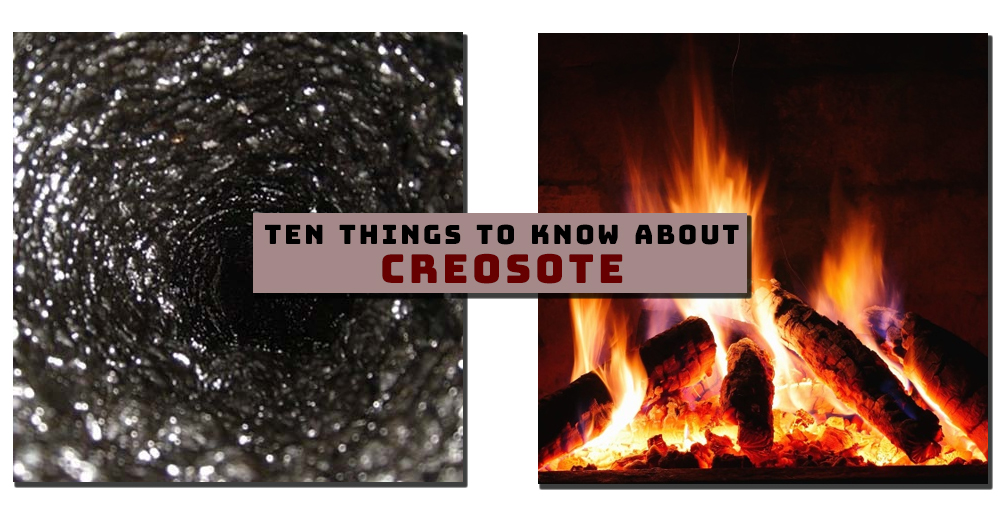


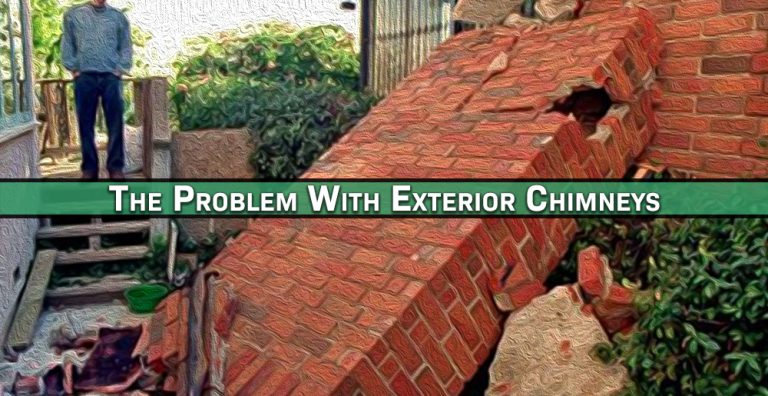
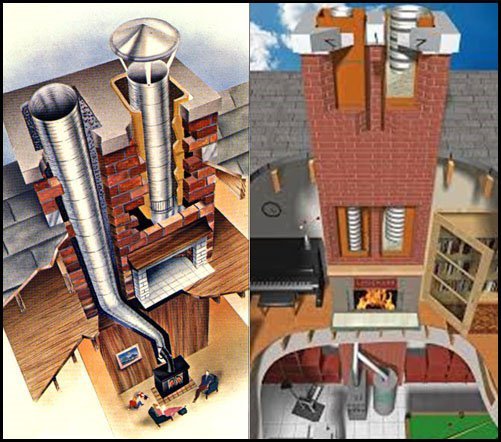
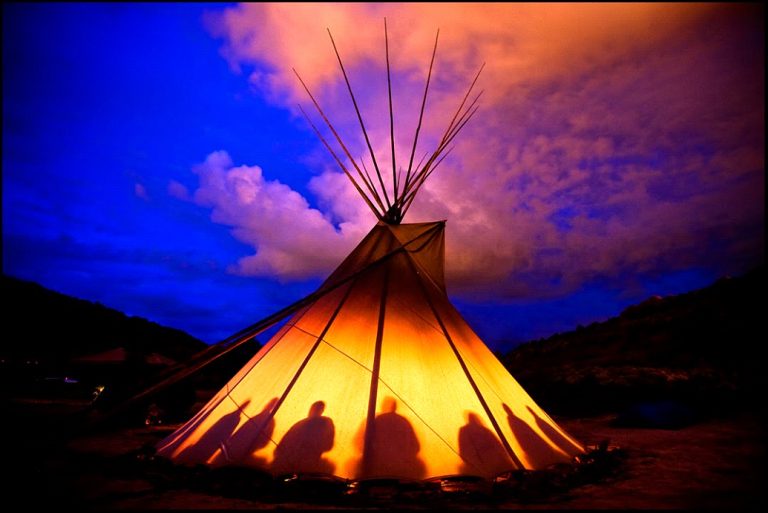
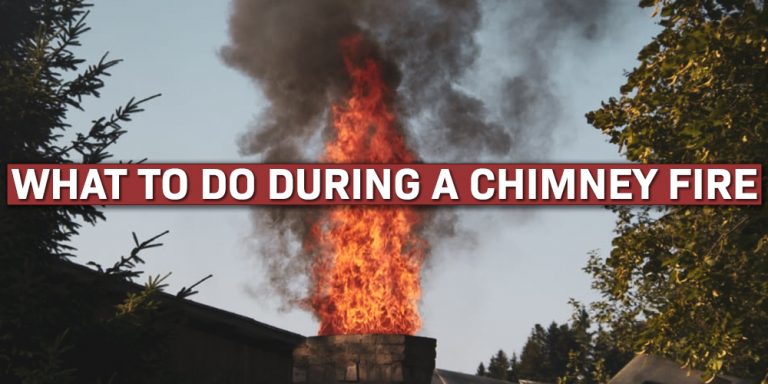
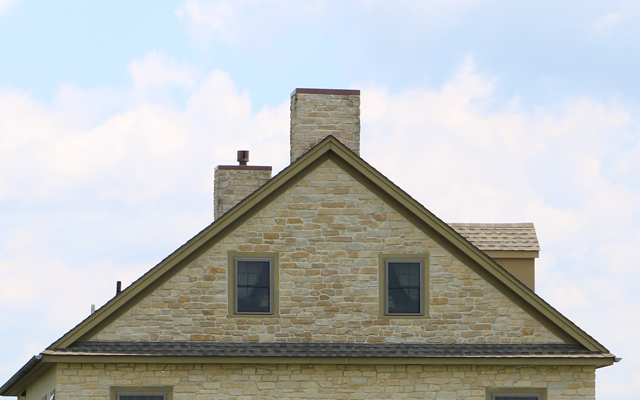

Thank you, this was very helpful
I’ve been burning wood for years, but this was very helpful as a reminder for safety!!!!
Valuable information about how to burn wood properly, and minimize creosote buildup in your chimney. None of us wants a chimney fire! 02-17-23
There must be a stage 4 for creosote build-up. I say this because I have creosote packed in my chimney. For 18 years, I have had no problem cleaning my chimney. The 19th year of using it, for some reason it seems as all of a sudden got packed in the chimney. I’ve been trying to get all removed with some success. However, I would like to know an easier way to do it, if there is one. I was wondering if anyone else has had this problem and what they may have done.
I heard that tossing s couple of opened tincans into fire will help prevent build up of soot.Could it be that simple
As a recent widow I am now faced with home maint on my own. Reading this was VERY helpful to ease some anxiety about chimney fires, thank you!